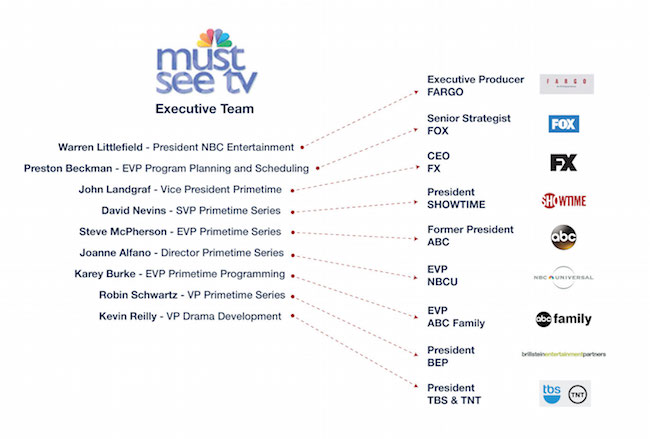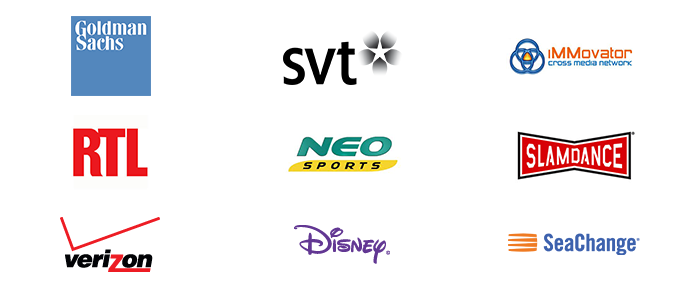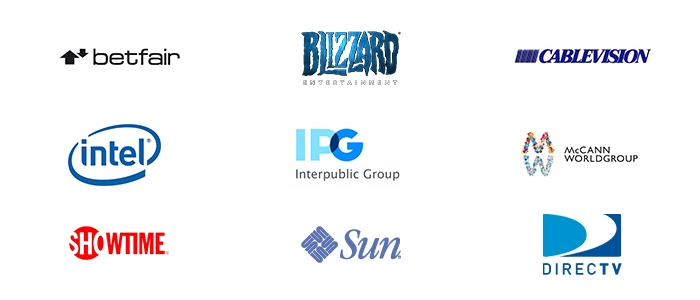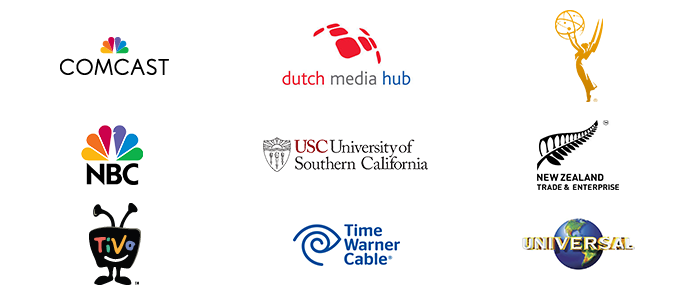
Two weeks ago, we looked at the prospects for YouTube’s new subscription service, YouTube Red. Since then, bearish stories have arisen from both YouTube creators and media outlets including ESPN. On November 6, No. 1 YouTube star PewDiePie reported his reason for supporting Red: the rising use of ad blockers—which YouTube believes has jumped from around 15 percent to 40 percent in the past five years.
In other words—to adjust to consumers’ frustration with ads—YouTube wants to add subscription revenue to their current model of ad revenue.
The irony is thick.
Where TV Money Comes From
As YouTube came to power from 2005-7, the TV ad business was being slapped by the growth of DVR and beginning of VOD. It might not have mattered if there were still no alternative to TV ads—but now advertisers had the glimmer of a choice: they could start to, very slowly, move ad dollars online.
TV felt the fear of lost revenue, but had a massive buffer: the 80s and 90s explosion of subscription revenue.
Here’s how that works, in brief:
- You pay a distributor (Comcast, DIRECTV, etc.) a monthly fee for TV service
- That distributor pays a piece of that fee to each network you receive
- For small networks like Nick 2, that fee might be two cents a month; at the top end, for ESPN, that fee might be $5.54 a month – currently over $70 per household per year (2013 license fees, per SNL Kagan)
YouTube hasn’t gotten a limb into the subscription money sluice… until now. That’s why it created YouTube Red. And while YouTube’s total ad revenue has been climbing, its revenue per ad has been falling.
So what did YouTube do? They added more ads! Just like on TV.
Alas, there’s a problem: the more ads people are forced to sit through, the more likely they are to install ad blockers (see here and here for background).
So what do ad blockers remind us of? That’s right…DVRs! Second verse, same as the first.
So in brief: YouTube, the engine so many predicted would decimate TV (here, here here, etc.) is now at the mercy of the same problems.
So as YouTube works to make Red worth paying for, what should they do?
They should study the last broadcast network team to re-invent the network.
1. E.R.: The Rise of Attention Television
By the early 90s, the Big Three broadcast nets were under assault. Cable and FOX were destroying a 40-year oligopoly—and no one felt the pressure more than NBC. Seinfeld was a breakthrough—a major break from the family and workplace comedies of the past. Mad About You, Frasier and Friends made NBC the home of modern comedy—but in drama, the network had lots of ground to cover.
In 1993, Jurassic Park was a box office monster. When Steven Spielberg asked Michael Crichton to write a sequel, Crichton demurred: instead, he had another script he wanted to get made, based on his time as a med student in Boston.
At NBC, Warren Littlefield read Crichton’s 20-year-old script with dismay: “it was about 180 pages, and it was all over the place. It probably had over a hundred characters.” But there was something there: the doctors were human. They were real. But there was a lot of work to do for the script to be ready for primetime.
Click to read more: The New York Observer.




